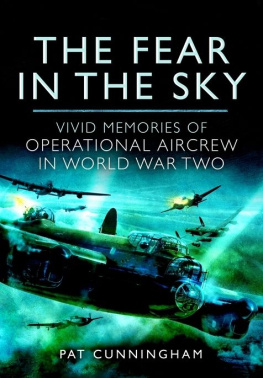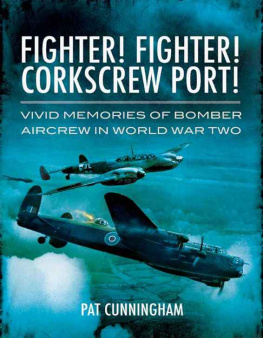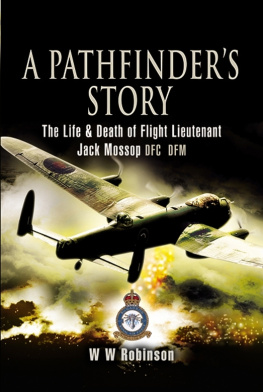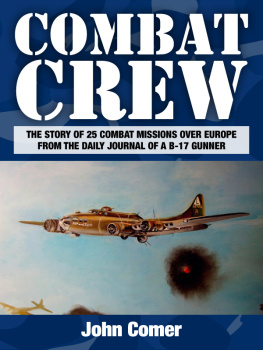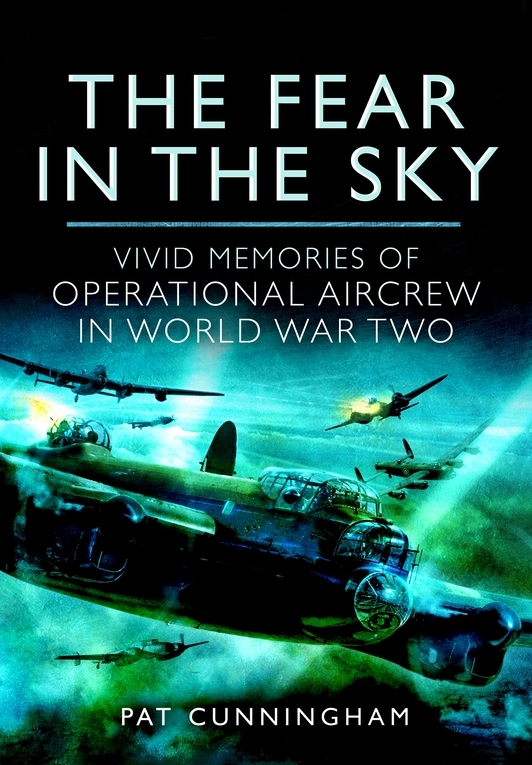A Magnificent Diversion Series (Acclaimed by the First World War Aviation Historical Society)
Aircraft types and enemy defences
The performance figures given can only be a rough guide. Indeed, flying any one of a line-up of a given aircraft type will show all such data to be merely representative. Regarding machine-gun armament, British aircraft invariably employed Browning, Lewis, or Vickers 0.303 inch (7.7 mm) calibre guns.
Allied machines
Airspeed Oxford
The 1937 twin-engined, wooden-framed, plywood-skinned Airspeed Oxford was a general-purpose trainer that had a basic crew of three but could accommodate other trainee-aircrew depending upon the role. Typically powered by two 375 horsepower Armstrong Siddeley Cheetah Ten radial engines it had a maximum speed of 188 mph (163 knots), a cruising speed of 163 mph (142 knots), a ceiling of 19,000 feet and a range of 700 miles.
Armstrong Whitworth Atlas
This 1931 dedicated army co-operation machine was both rugged and reliable. The twin-seat, dual-control version entered RAF service in 1931 and was the standard advanced trainer until 1935 when it was replaced by the Hawker Hart. Powered by a 450 horsepower Armstrong Siddeley Jaguar 4C engine, it had a maximum speed of 143 mph (124 knots), a range of 480 miles and a ceiling of 16,800 feet.
Armstrong Whitworth Whitley
This 1936 five-crewed, twin-engined bomber was withdrawn from Bomber Command operations in April 1942 but served on in the training, maritime, paratrooping, clandestine-operations, and glider-tug roles. Typically, two 1,145 horsepower Rolls-Royce Merlin in-line engines were fitted but performance figures many subject to wartime propaganda vary widely. Mid road would be a cruising speed of 180 mph (156 knots) with a ceiling of 26,000 feet.
Typical armament was a single machine gun in the nose, and four in a tail turret. The bomb load was 7,000 pounds over a range of 1,500 miles.
Avro Anson
The 1935 Avro Anson began life in the maritime reconnaissance role and remained in RAF service until 1968, serving as general-purpose trainer and communications aircraft.
Two 350 horsepower Armstrong Siddeley Cheetah Nine radial engines gave it a cruising speed of 158 mph (138 knots), a ceiling of 19,000 feet and a range of 800 miles. Its design-role armament was two machine guns; a fixed, forward-firing Vickers, and a single Lewis in a dorsal turret. The nose had a bomb-aimers station and 360 pounds of bombs could be carried.
Avro Lancaster
The seven-crewed Lancaster, developed from the twin-engined Manchester, first flew in January 1941 and was designed for ease of production and subsequent servicing, 7,737 being built by 1946. Powered by four 1,640 horsepower Rolls-Royce Merlin Mk 24 in-line engines, its maximum speed was 280 mph (243 knots). It cruised at 210 mph (182 knots) or, on three engines, at 140 mph (122 knots), operating up to 22,000 feet over a range of 2,500 miles. Armament was eight machine guns; four in the tail, and two each in nose and dorsal turrets. The standard bomb load was 14,000 pounds or, if modified, one 22,000 pounder in a comparison often made the Flying Fortresss standard load was 6,000 pounds.
Avro Manchester
The 1936 spec Manchester was withdrawn from operations in June 1942 after its twin Rolls-Royce 1,760 horsepower Vulture engines proved unsatisfactory. While in service it had a maximum speed of 265 mph (230 knots), a range of 1,630 miles and a ceiling of 19,200 feet. It had three power-operated turrets with two machine guns in the nose and dorsal turrets and four in the tail. Its maximum bomb load was 10,350 pounds.
Avro Shackleton
The typically ten-crewed 1949 Avro Shackleton used many of the Lancasters strengths but was constantly updated, notably with the tricycle undercarriaged 1955 Mark 3. In 1971 the Comet-derived Nimrod assumed the maritime task, the Shackleton continuing in the search-and-rescue role until 1972 and serving as an early-warning platform until 1991 when the Boeing E3D Sentry took over.
Shackletons were typically powered by four 2,455 horsepower Rolls-Royce Griffon Mk 57A in-line piston engines which gave a maximum speed of 300 mph (261 knots) and a cruise of 180 240 mph (156 209 knots) depending upon the task in hand. They had a ceiling of 19,000 feet, a range of 3,500 miles and an endurance of nearly fifteen hours. Typical armament was two 20 mm (0.79 inch) calibre cannon in the nose, and two machine guns at the tail, with an ordnance load of 10,000 pounds of bombs or depth charges.
Avro Vulcan
This 1952 five-crewed, long-range (strategic), delta-winged medium bomber was typically powered by four Bristol Siddeley Olympus engines. Average performance figures give a maximum speed of 0.92 M (625 mph), a ceiling of 56,000 feet and a range of 4,600 miles. The 1958 accident at Syerston was attributed to the cleared speed having been exceeded and a rolling pull-up overstressing the wing.
Avro York
A 1942-designed four-engined, long-range transport manned by five crew and carrying up to twenty-four passengers.
Boeing B-17 Flying Fortress
The perceived role of the 1935 B-17 was that of a long-range outpost capable of defending America beyond the range of its shore defences, hence Flying Fortress. The enormous tail fin ensured that it remained a stable bombing platform up to its 40,000 foot ceiling, while its formidable defensive armament and its capacity for absorbing battle damage, was held to make up for its relatively small bomb load.
The upgraded B-17G version relied for its defence on up to thirteen 0.5 inch (12.7 mm), heavy-calibre Browning machine guns, this firepower being enhanced by the formation strategies employed. With so many guns to man, the standard crew complement was ten. This comprised pilot, co-pilot, navigator, bombardier, flight engineer, and radio operator. In combat the flight engineer would man the top turret, and the wireless operator the dorsal turret. The remaining four crew were dedicated gunners to man the ball-turret, the left and right waist positions, and the tail turret.

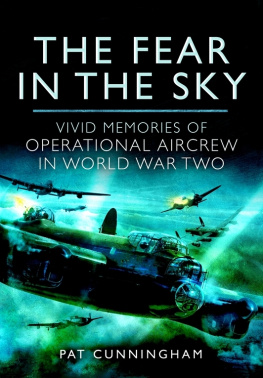
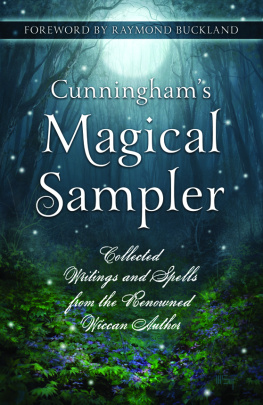


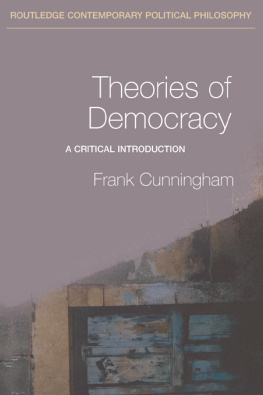
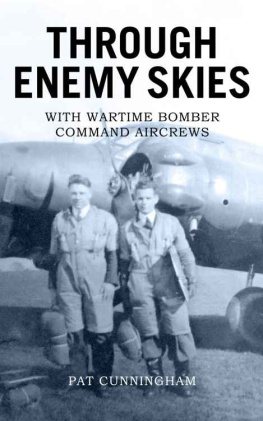


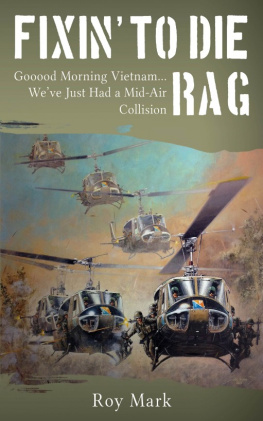
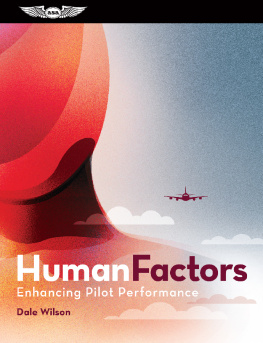
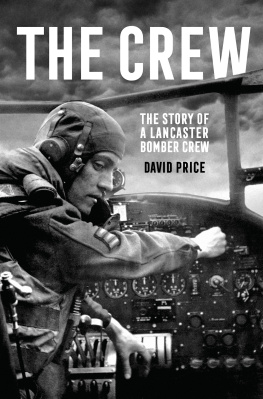
![Bar Wing Commander Guy P. Gibson VC DSO - Enemy Coast Ahead [Illustrated Edition]](/uploads/posts/book/180257/thumbs/bar-wing-commander-guy-p-gibson-vc-dso-enemy.jpg)
